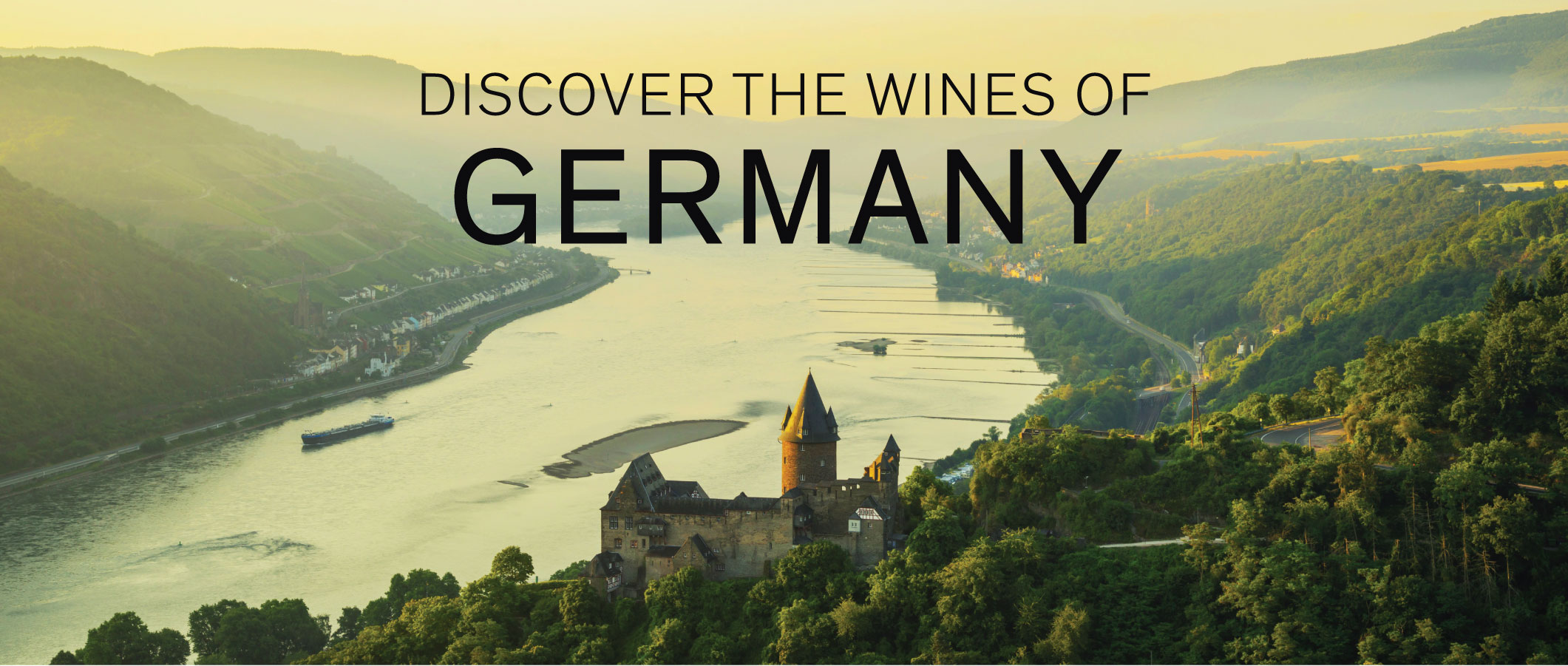
Explore One of the Wine World's Powerhouses
Germany has been making exceptional wines since Roman times. It's time to explore.
Most famous for its fruity, aromatic and elegant white wines, like Riesling, Germany is the eight largest wine producing country worldwide. While it once had a reputation for sweet, lower-priced wines, German winemakers are now producing an enticing selection, including dry and sophisticated whites and reds. With so many styles to choose from, there has never been a better time to discover the wines of Germany.
Exclusive & Curated
Selected in collaboration with Wines of Germany, this new collection features trending styles of wines that are enjoyed by wine enthusiasts in Germany. It showcases a different side of German wines: elegant and mostly dry, with unique styles, such as Orange wines, created primarily by young, up-and-coming winemakers. This sophisticated assortment is available online only – get them while they last!
Regions to Know
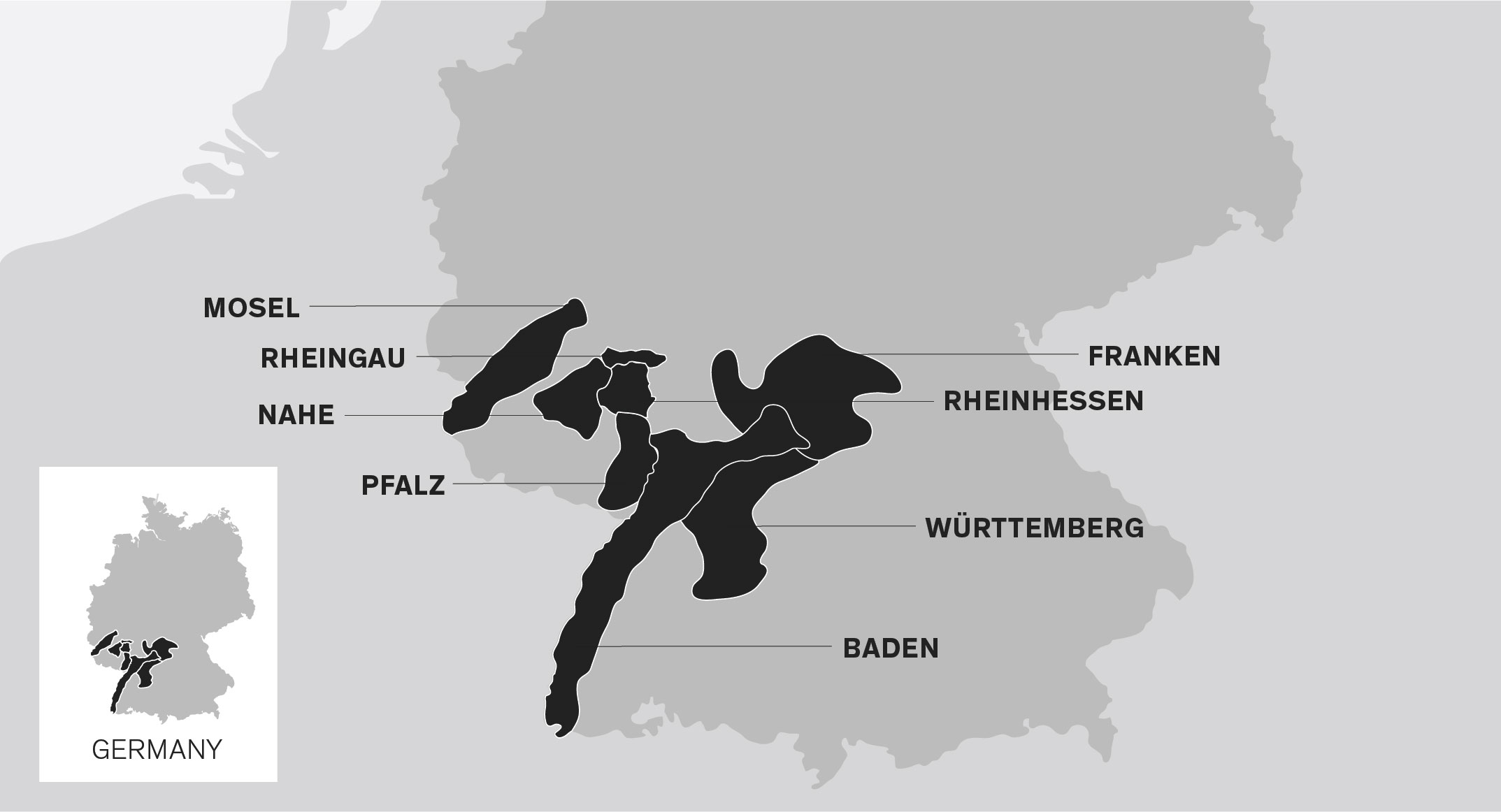

Baden
Germany’s third-largest wine region is less well-known than some of its smaller counterparts, but it’s one worthy of exploration. Situated in the extreme southwest corner of Germany, Baden is Pinot country: Spätburgunder (Pinot Noir), Grauburgunder (Pinot Gris) and Weissburgunder (Pinot Blanc) make up more than half of the region’s total production.

Franken
For 1,000 years, Franken has been synonymous with quality. White wines dominate — Müller-Thurgau, Silvaner and Bacchus — but the region produces them in a more full-bodied, drier and less overtly aromatic way than is common in much of the rest of the country. Franconian wines are often presented in a distinct rounded, squat green or brown flagon known as a Bocksbeutel.

Mosel
Named for the meandering river that carves up this famous wine-growing valley, Mosel’s legendary vineyards are among the steepest in the word. This is Germany’s largest region, and white constitutes 90% of the wine produced here, with Riesling making up more than half of that production. The area is renowned for its fragrant, light-bodied and fruity wines, which are often complemented by just a touch of effervescence.

Pfalz
Germany’s second-largest wine region in terms of area is actually it’s largest when it comes to production. Two-thirds of the wine from the Pfalz is white, with Riesling and Müller-Thurgau being the most widely planted, but the area is also known for producing quality reds from Spätburgunder (Pinot Noir) and Portugieser. A concerted effort in the 1980s to raise the quality of the wines produced here resulted in international acclaim for this ancient region.

Rheingau
Like Champagne, Napa and Chianti, the Rheingau is celebrated by wine lovers as one of the world’s great regions. The hilly vineyards are almost exclusively situated on the north side of the Rhine river and stretch some 20 kilometres, from Flörsheim to Bacharach. Elegant, richly flavoured Riesling dominates, but the area also produces some excellent velvety Spätburgunder.

Rheinhessen
Gently rolling farmland marks Germany’s largest and oldest wine region. Long known for producing approachable, easy-going wines, today the Rheinhessen is gaining a reputation as a producer of high-quality bottles of Riesling and Spätburgunder (Pinot Noir), as well as Silvaner and Scheurebe, a grape variety created in the region.
Other Regions to Explore

Nahe
This relatively small 4,225-hectare region that lies along the Nahe river between the Rhine and Mosel valleys has developed an outsized reputation for the quality and diversity of its wines. A vast range of soil types, from volcanic to slate, makes the Nahe amenable to a wide variety of grapes, including Riesling, Müller-Thurgau, Grauburgunder, Bacchus, Kerner and Silvaner.

Württemberg
Germany’s leading red wine region, the Württemberg is largely known for its fresh, light, fruity wines, but a new group of grape growers is showing it can also produce elegant and complex wines of real stature. Refreshing Trollinger, juicy Blaufränkisch and luscious Spätburgunder (Pinot Noir) are the dominant red grapes, although Riesling, Kerner and Müller-Thurgau are also widely grown.
Fast Facts
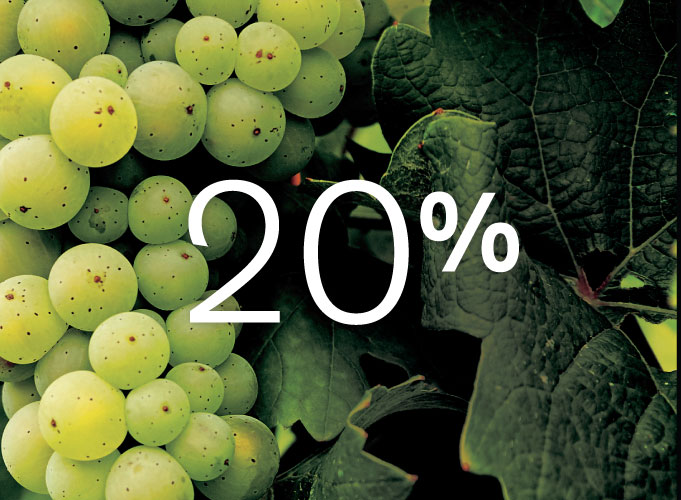
20% of all the wine grown in Germany is Riesling.
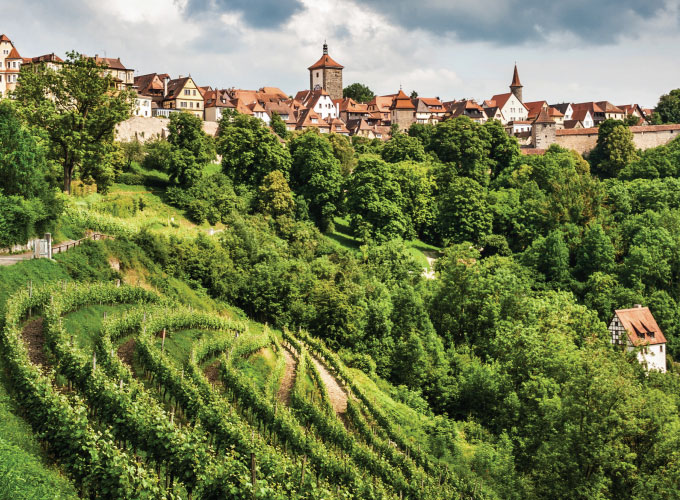
Germany’s oldest vineyards date back to the Roman era.
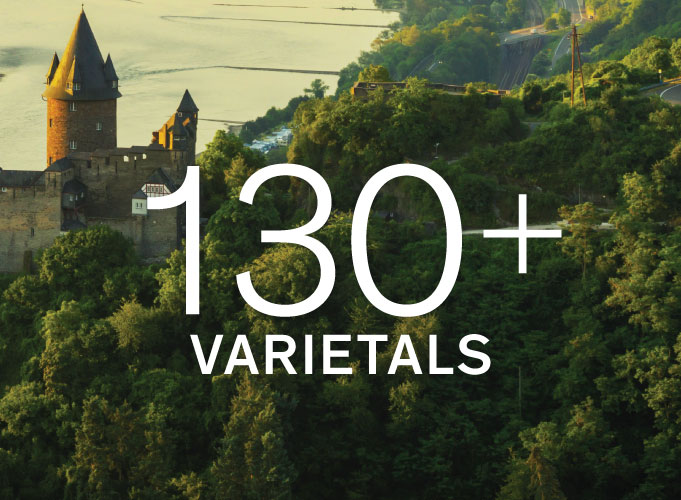
More than 130 different wine varieties are grown here.
Germany’s Classic Whites

Riesling
One of the world’s great wine grapes, Riesling has been cultivated here for at least 500 years. Today it is the country’s most widely planted grape.
You’ll Experience: Riesling lends itself to myriad styles, from bone-dry to ultra-sweet and luscious (a style known in Germany by a mouthful of a name: Trockenbeerenauslese). Most Rieslings, however, show apricot, peach and green apple flavours amid aromas of honeycomb, orange blossom and ginger, all bound by bright acidity.
Try It With: Anything with a little bit of spice. Butter chicken, tikka masala or shrimp curry, dishes like pad Thai, or fresh spring rolls all go beautifully with a zippy Riesling.

Müller-Thurgau
A relatively new grape, Müller-Thurgau was created in 1882 by crossing Riesling with Madeleine Royale and was (up until recently) Germany’s most planted variety.
You’ll Experience: Usually enjoyed young, Müller-Thurgau has floral, aromatic qualities that make it an excellent patio or picnic sipper. Expect crisp apple and some sweet spice, such as nutmeg, cinnamon and ginger.
Try It With: Trout à la nage, crispy roast pork or thick spears of white asparagus with brown butter.

Grauburgunder
The French call it Pinot Gris; the Italians, Pinot Grigio; and in Germany, it’s Grauburgunder. Whatever you name it, this famous fragrant white grape with red skin is beloved the world over.
You’ll Experience: Rich and creamy, Grauburgunder displays meadow flowers and allspice with flavours of white peach and ripe pear.
Try It With: Stick to the classics — try choucroute garni when the weather is cool, pair with roast pork sandwiches on a picnic, or go cross-cultural with a Mediterranean mezze platter
Lesser-Known Picks
Silvaner
Careless overproduction in the 1970s saw this varietal fall out of favour, but modern winemakers are treating the grape with more care and producing some complex and elegant wines.
Weissburgunder
Known as Pinot Blanc in France and much of the rest of the world, this robust, food-friendly grape is growing in popularity among German winemakers and consumers alike.
Kerner
Created in Germany a mere 50 years ago, this cross of Trollinger and Riesling might be the only wine in the world named after a poet. Kerner makes full-bodied, bright and racy wines.
Great German Reds

Spätburgunder
Spätburgunder, the German name for the world-famous Pinot Noir grape, is the country’s premier red variety. There is a trend among German winemakers toward a fuller, more fruit-forward style of Spätburgunder, sometimes with a bit of oak aging, than was traditional in the past.
You’ll Experience: Velvety and elegant, Spätburgunder typically shows white pepper and bitter almond aromas with a slight smokiness and raspberry flavour.
Try It With: Roast goose with sautéed red cabbage, honey-roasted salmon or roast crown of pork with apple stuffing.

Dornfelder
Germany’s second most widely planted red grape was originally grown for blending before winemakers discovered it made excellent fragrant, full-bodied wines on its own.
You’ll Experience: Intensely dark red and vibrantly aromatic, Dornfelder shows plenty of floral aromas, along with incense, mulling spices and marmalade.
Try It With: Charcoal-grilled sausages, game meats or even something as complex as Singapore chili crab.

Portugieser
Often used as the primary grape in German rosé wines, considered by oenophiles to be among the world’s best, a style that suits its light, fruity, easy-going character. When made into a classic red, it’s a vibrant, fruit-forward wine best suited for drinking young.
You’ll Experience: Famous for its distinct cherry aromas and nutty flavours, Portugieser has soft tannins and relatively low acidity.
Try It With: Fried chicken, grilled pork chops or an aubergine timbale with goat cheese.
